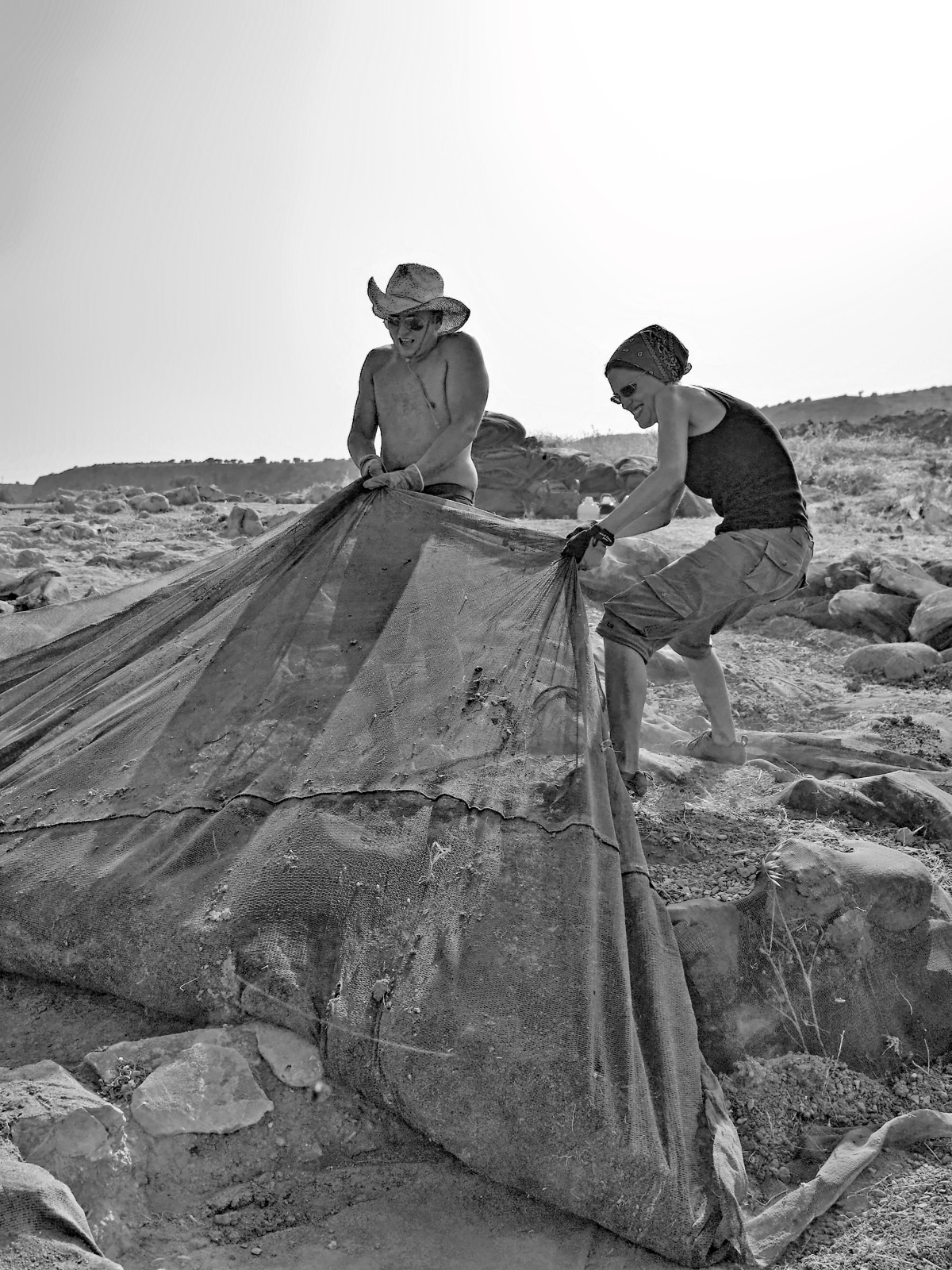With the Sissi Archaeological Project, my seven year photographic study of the Bronze Age Minoan excavations under the auspices of the Belgian School in Athens, Université Catholique de Louvain, I have been offered an extraordinary opportunity to capture moments of human interaction during excavations as they interconnected with an ancient Minoan culture that stretches back millennia (2600-1200 BC). And there is more to come with the new dig campaign under way at a three hectare site which has been described as one of the most important Bronze Age excavations in Crete during the past decade.
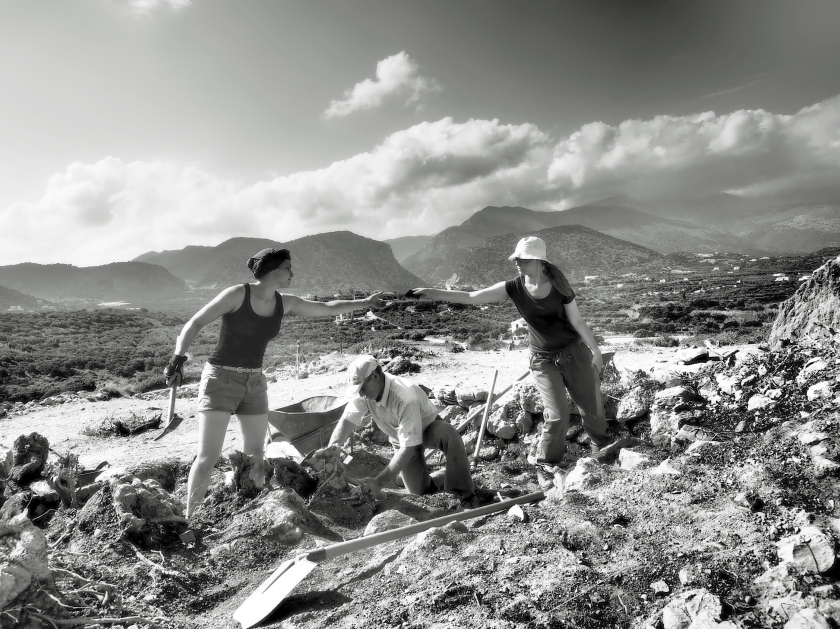
The Minoan Extractions has also been a personal journey with the chance to pay homage to the work of influential photographers – in and out of the archaeological sector, including my mentor, the outstanding photographer – Harry Burton. During the 1920’s his iconic monochrome images of the Tomb of Tutankhamun, as well his work at other sites in Egypt, have fascinated people throughout the world, and yet only in recent years has there been a growing reassessment of his contribution to photography.
Of course photography within archaeology is not new – with its origins arising during the early nineteenth century and especially in 1904 becoming ‘official’ with Egyptologist Flinders Petrie’s manual ‘Methods and Aims in Archaeology’. For nearly 200 years in the Mediterranean and Near East in particular, photographers in conjunction with archaeologists have played a crucial role in pushing back the barriers of the ancient world for both scholars and for a demanding global general audience.

With the Sissi photographic project, at a unique coastal landscape about four kilometres from Malia palace in Crete, I have continued a proud photographic tradition that is once again facing a new era of major technological change – from digital to virtual, from handheld cameras to drones and to live excavation access. It is also the age of the smartphone – easy for anyone to use, producing high quality images and ultimately engaging a wide general audience.
Needless to say these changes are highlighting the importance of imaging, especially at this time as we are seeing wanton destruction of major archaeological sites in the Middle East and of general neglect and a lack of financing. Discovery may be an over arching goal for archaeologists, but the truth is rescue and preservation dominate excavation campaigns. The past is present but the present is a very fragile one indeed.
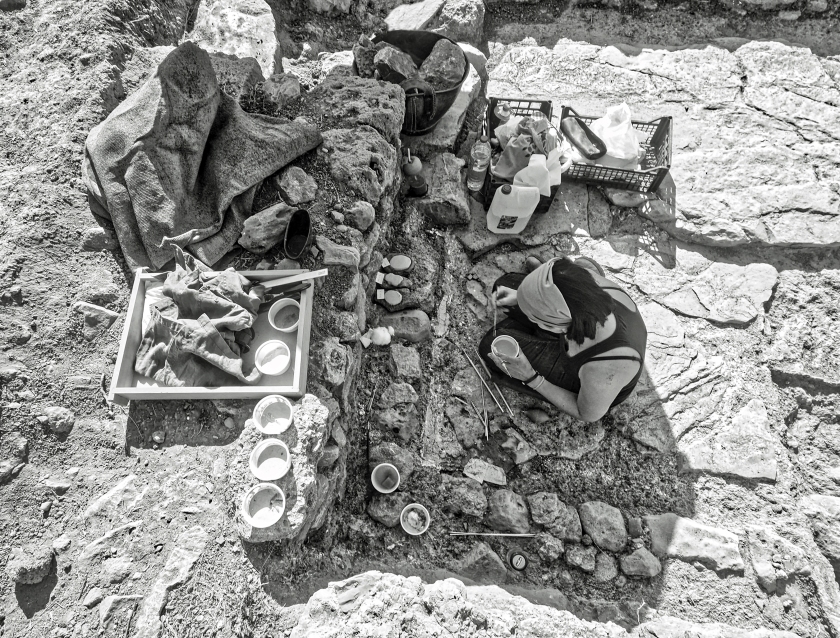
The photography at Sissi is simply being at the right place and at the right fleeting moment, making images that highlight motion and emotion from the 80 or so ‘players’ on the archaeological stage for their six week or so excavation during July-August. It is what the renowned French photographer and humanist, Henry Cartier Bresson, referred to as ‘The Decisive Moment’.
There are images of scientists at work – archaeologists, anthropologists, technical specialists, such as surveyors, local workmen digging (many proudly following in the wake of their forefathers) and restorers and conservators dealing with the thousands of finds housed at the apothiki or workshop.
Yet the Sissi Project encompasses not only the excavation period but includes images of the site throughout the year, showing, in part, the impact of the environment. Indeed if there is a favourite ‘out-of-dig-season’ photographic period then it must be autumn and winter, where the dominating Selinari mountain range and often violent seas and dark storms combine to conjure up a dramatic contrast to the Bronze Age remains. This is surely what the Minoans must have witnessed for more than nearly 1300 years.
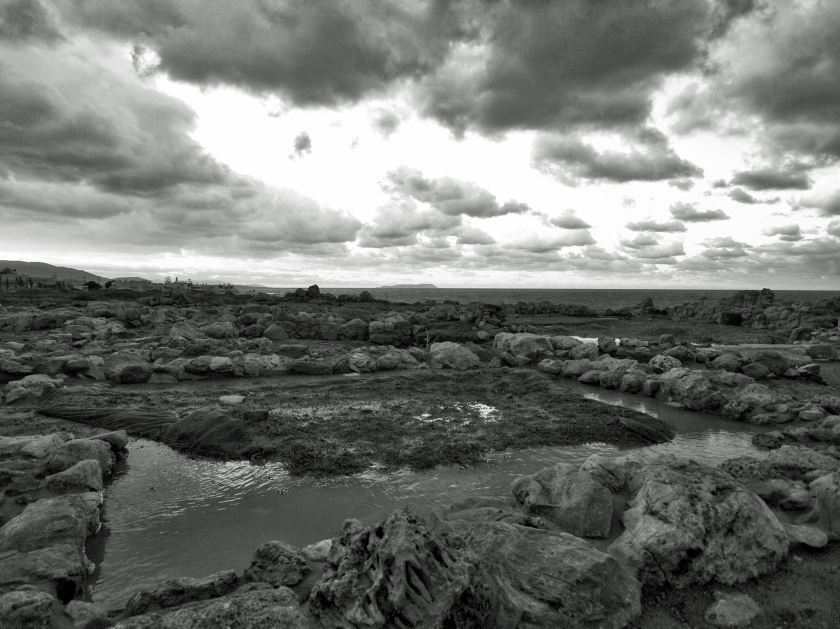
I photograph in both colour and black-and-white but in recent years have preferred the latter, mainly because of what I see as the aesthetic qualities of the genre. It is a realism ensured through the subtle variations of contrast and light without the distraction of colour. In other words it comes down to getting the viewer to look into the image not at it.
The Sissi site is an ideal laboratory to test any camera and its paraphernalia – the near stifling heat, the dust, sea grit and water and general bashing about. In this respect I have stayed faithful to my favoured Olympus E-510 SLR and lately with the mirrorless OM-D E-M5 Mark II. Of the Digital ED lenses I prefer to use the 9-18 ultra-wide and 50mm. The one filter that has become indispensable is the HD digital protector screw-in filter. They are a godsend to protecting lenses from the damaging environment and I have certainly got through a few of those over the years. Post production is kept at a minimum.
I have certainly produced many hundreds of photographs at the site during the last seven years. There is never a daily schedule and time to prepare once there. My photography is on the run or more importantly on the sly – as I prefer subjects not to be aware of my efforts.
Looking back at what I would consider my favourite images I would say they reflect the work of the anthropologists in the cemetery with the excavated skeletal remains, highlighting memory, time and mortality and of their attempts to seek closure for such finds through the processes of DNA and isotopic study.
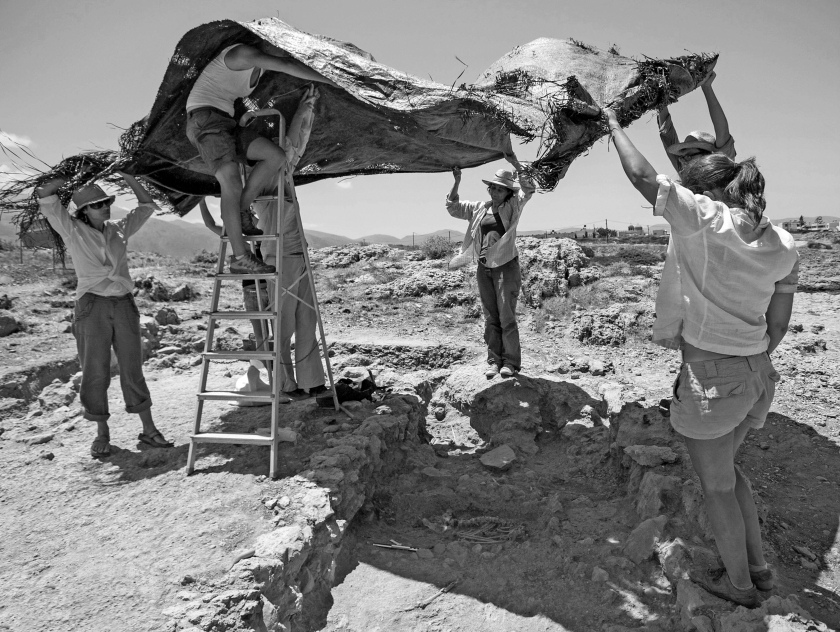
But I would also confess that the photographs that have proved particularly successful have been nothing more that opportunistic, often arising from one rapid shot, almost from the hip. It happens. Nothing planned but if the brain connects with the eye then you can walk away highly satisfied. Job done – at least for the moment, for as archaeologists well know the excavation is never over until the sound of the last shovel dies away. It is generally accepted that the last 48 hours of a dig is the period in which new and sometimes site changing discoveries are made – and so it has happened at Sissi. It makes this Bronze Age settlement worth photographing. So watch this space.

Gavin’s book will be available in July/August in paperback (£25) and PDF eBook (from £16). A special pre-order price of £20 is available for the paperback edition until 31/07/2017. To pre-order at the special price please e-mail info@archaeopress.com

